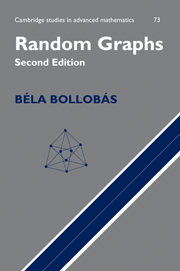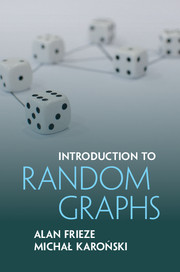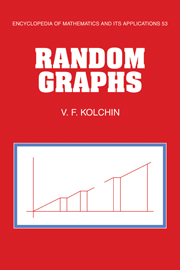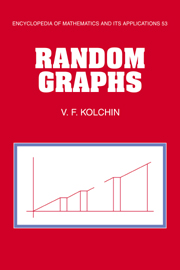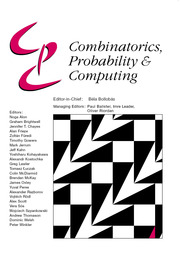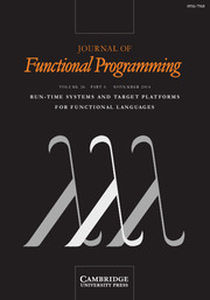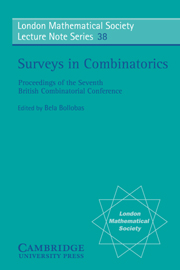Random Graphs
This is a new edition of the now classic text. The already extensive treatment given in the first edition has been heavily revised by the author. The addition of two new sections, numerous new results and 150 references means that this represents an up-to-date and comprehensive account of random graph theory. The theory estimates the number of graphs of a given degree that exhibit certain properties. It not only has numerous combinatorial applications, but also serves as a model for the probabilistic treatment of more complicated random structures. This book, written by an acknowledged expert in the field, can be used by mathematicians, computer scientists and electrical engineers, as well as people working in biomathematics. It is self contained, and with numerous exercises in each chapter, is ideal for advanced courses or self study.
- New edition of classic text
- New sections and numerous additions bring the book right up to date
- Subject with wide appeal will be useful for mathematicians, computer scientists, electrical engineers and biomathematicians
Reviews & endorsements
"An up-to-date, comprehensive account of the random graph theory, this edition of what's considered a "classic" text contians two new sections, numerous new results, and over 150 references."
Poptronics
"The book is very impressive in the wealth of information it offers. It is bound to become a reference material on random graphs."
Miklos Bona, SIGACT News
Product details
October 2001Paperback
9780521797221
518 pages
227 × 154 × 23 mm
0.86kg
10 b/w illus. 8 tables
Available
Table of Contents
- 1. Probability theoretic preliminaries
- 2. Models of random graphs
- 3. The degree sequence
- 4. Small subgraphs
- 5. The evolution of random graphs - sparse components
- 6. The evolution of random graphs-the giant component
- 7. Connectivity and components
- 8. Long paths and cycles
- 9. The automorphism group
- 10. The diameter
- 11. Cliques, independent sets and colouring
- 12. Ramsey theory
- 13. Explicit constructions
- 14. Sequences, matrices and permutations
- 15. Sorting algorithms
- 16. Random graphs of small order.

